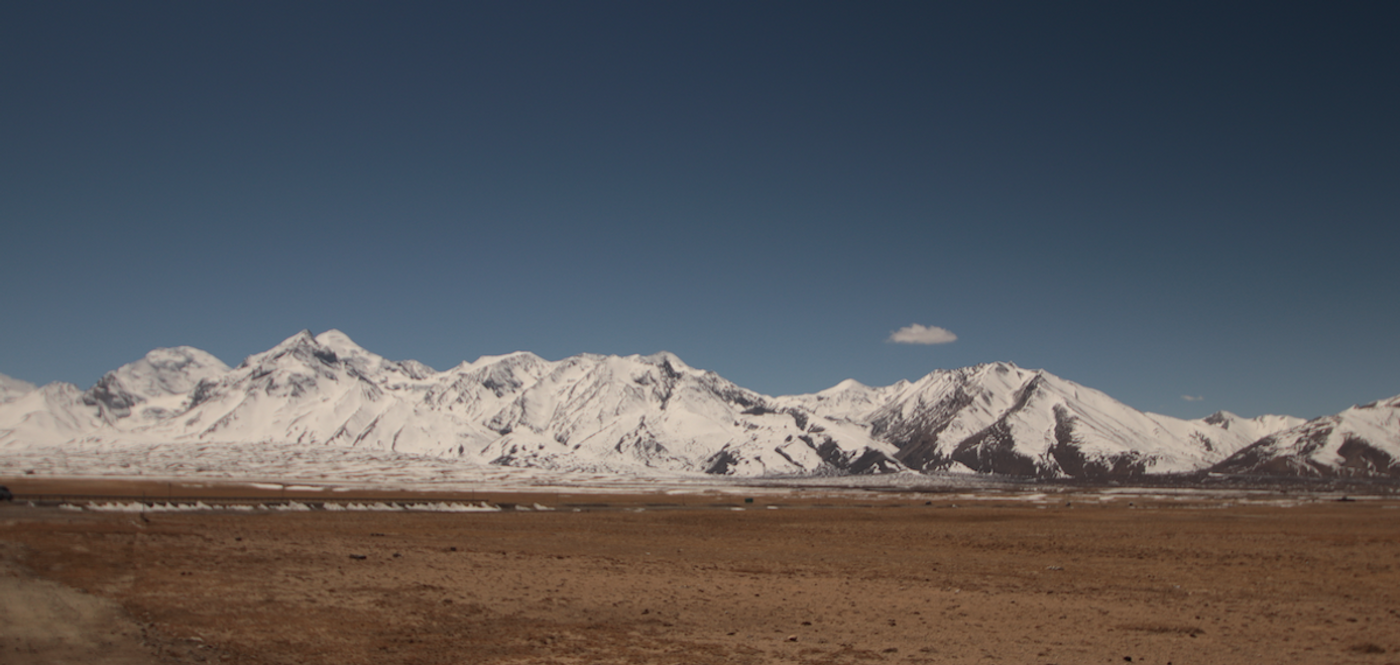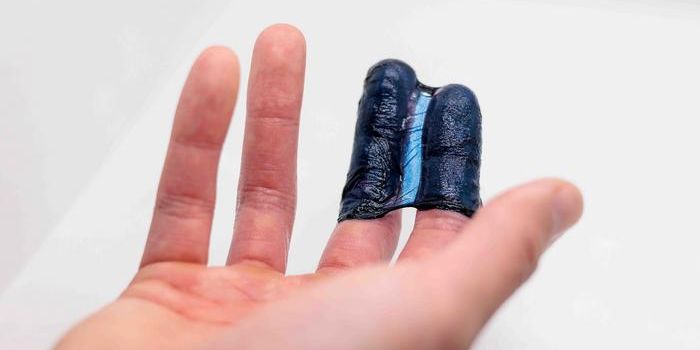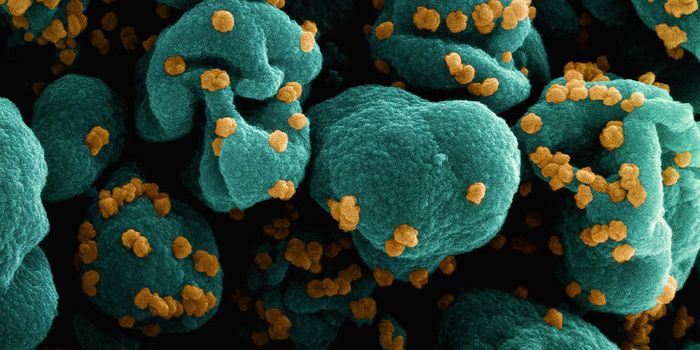Researchers Discover 15,000-Year-Old Viruses in Glacial Ice
As the climate warms and long-frozen surfaces begin to thaw, scientists are finding ancient animals and organisms. In some cases, old viruses have even been found to be viable. In the journal Microbiome, researchers have now reported discovering 15,000-year-old viruses in samples of ice collected from the glaciers on the Tibetan Plateau in Asia. The study authors created a new method that kept the glacial samples from being contaminated, and they determined that these viruses are not like any others that have been characterized to this point.
"These glaciers were formed gradually, and along with dust and gases, many, many viruses were also deposited in that ice," said lead study author Zhi-Ping Zhong, a researcher at The Ohio State University Byrd Polar and Climate Research Center.
For this research, the scientists assessed ice cores that were taken from the Guliya ice cap, which sits 22,000 feet (6705 meters) above sea level in western China. These cores are made up of icy layers that slowly accumulated over many years, locking in anything that was in the air around the ice as the layers froze. Ice cores have been used to learn a lot about the planet's history.
An analysis suggested that some of these ice layers are 15,000 years old. They contained genetic material from 33 different viruses, four of which have been previously identified and are bacteriophages (viruses that infect bacteria). The other 28 are novel - their genetic sequences have not been deposited or reported in any database. About half may have survived because they froze, suggested the researchers. They seem to be related to viruses that arose from plants or material in soil, not animals or humans.
"These are viruses that would have thrived in extreme environments," explained study co-author Matthew Sullivan, a professor of microbiology at Ohio State. They "have signatures of genes that help them infect cells in cold environments, just surreal genetic signatures for how a virus is able to survive in extreme conditions."
The methodology for decontaminating and analyzing microbes in the cores was created by Zhi-Ping, and it could help scientists learn more about life in extreme environments or even on other planets, said Sullivan.
While only a couple of studies have reported finding viruses in ice from glaciers, senior study author Lonnie Thompson, distinguished university professor of earth sciences at Ohio State, expects the field to become more important. We should also learn more about how these microbes will react to climate change.
Sources: AAAS/Eurekalert! via Ohio State University, Microbiome









